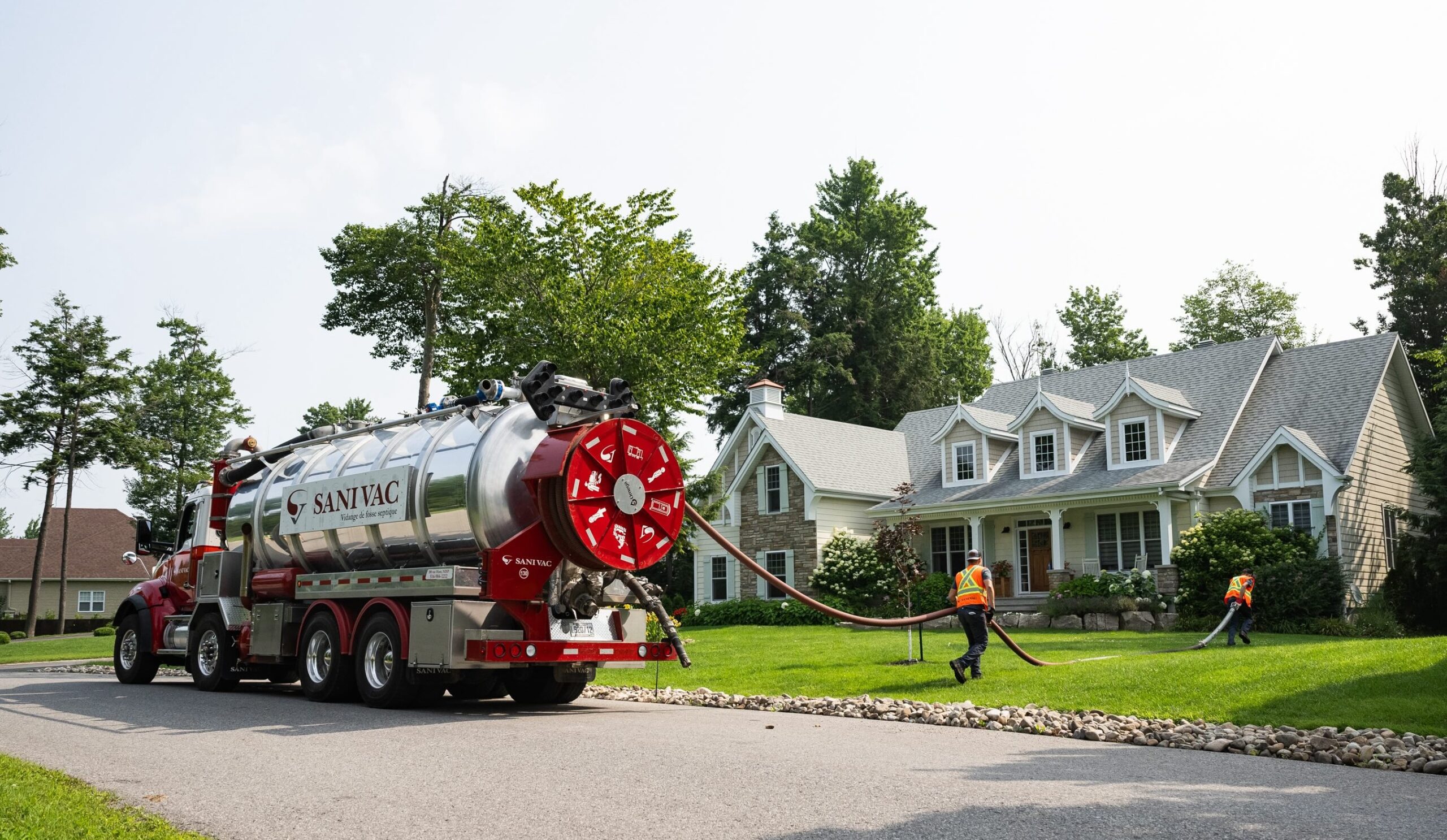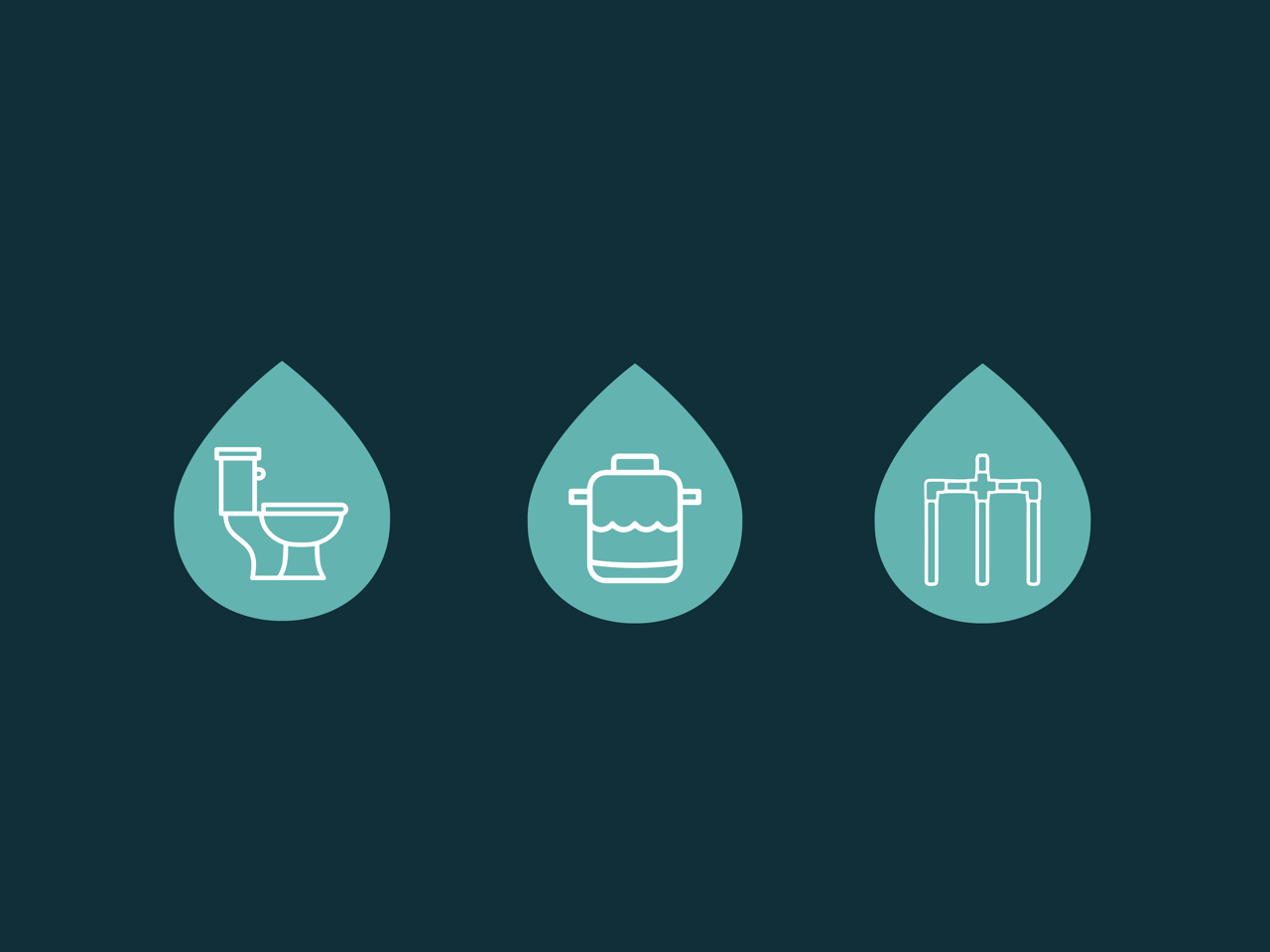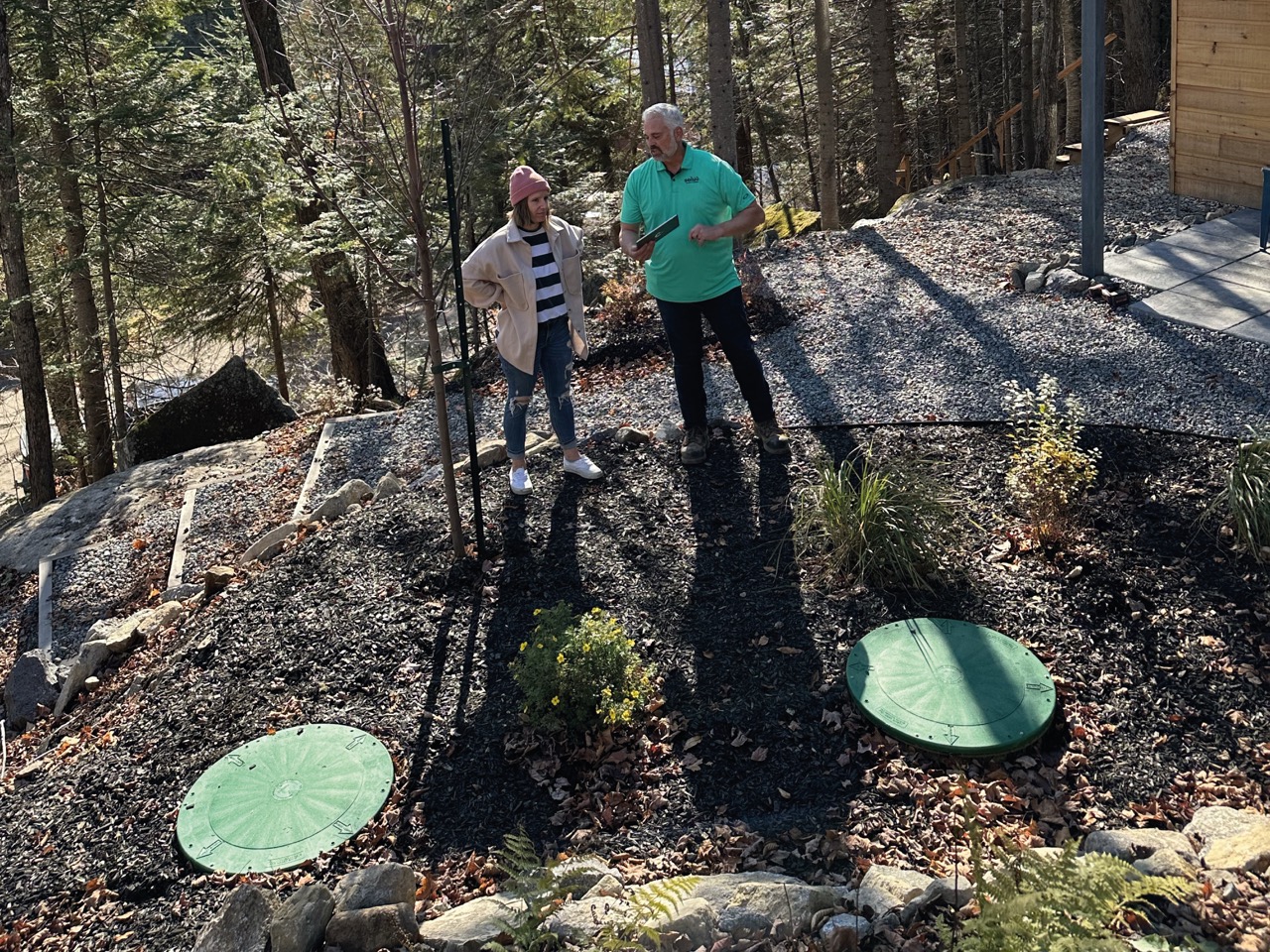The disposal of wastewater from your residence is governed by a provincial regulation. Our experts simply explain the regulation in order to allow you to fully understand the issues related to your septic system design.
In Quebec, all septic systems are governed by the regulation on the evacuation and treatment of wastewater from isolated residences (Q-2 – r.22) of the law on the quality of the environment. Today, our team presents the essential information contained in this regulation so that you are better equipped when designing and installing your new septic system.
Definitions, standards and capacity
Above all, it is important to know that the regulation on the evacuation and treatment of wastewater from isolated residences (Q-2 – r.22) covers isolated residences that have a maximum of 6 bedrooms. Beyond this number of bedrooms, another regulation applies.
The first part of the by-law summarizes all the norms and standards that must be respected by the professionals who will design and install your new septic system. This first part also covers the minimum requirements of the site characterization study that must be presented in your permit application. The regulation requires, among other things, that your professional be able to demonstrate:
- Site topography
- The slope of the receiving terrain
- The level of soil permeability
- The level of rock, groundwater or any other relevant soil layer
- Any element that may influence the location and construction of a treatment device
In addition, the provincial regulation establishes a hydraulic capacity defined according to the number of bedrooms in your residence. This capacity then allows us to establish the minimum capacity required for the treatment systems that will make up your septic installation.
| Number of bedrooms | Hydraulic capacity (in liters) | Minimal capacity (m3) |
|---|---|---|
| 1 | 540 | 2,3 |
| 2 | 1 080 | 2,8 |
| 3 | 1 260 | 3,4 |
| 4 | 1 440 | 3,9 |
| 5 | 1 800 | 4,3 |
| 6 | 2 160 | 4,8 |
You will therefore understand that it is essential to communicate with your professional about the current and future number of bedrooms in your residence in order to ensure that your new septic system meets your current needs and future ambitions.
Location standards
The provincial regulation also indicates the minimum distances to be respected for the location of septic tanks and purification elements in order to ensure a healthy environment for you, your neighbors and Quebec as a whole.
| Waterproof system
(ex. A septic tank) |
Leaky system (ex. A septic field) | |
|---|---|---|
| Artesian well or surface well | 15 meters | 30 meters * |
| Lake or watercourse | Outside of the shore | 15 meters |
| Marsh or pond | 10 meters | 15 meters |
| Water pipe or property line | 1,5 meters | 2 meters |
| Residence or drainage trench | 1,5 meters | 5 meters |
| Top of embankment or ditch | N/A | 2 meters |
* The distance respected with a well decreases to 15 meters if it has been sealed in accordance with the regulations on water withdrawal and protection (Q-2, r.35)
For these location standards, it is important to note that the various systems must be located in places that are free of motorized traffic, that are not cleared of snow, that cannot be submerged and that are easily accessible to carry out their maintenance. maintenance. In addition, some non-watertight systems must be set up on natural ground that has not been disturbed.
Finally, your MRC, city or municipality can always require minimum distances greater than the provincial regulation. However, these cannot adopt distances smaller than the provincial regulations.
Choosing the type of septic installation
The regulation then establishes the conditions for the installation of each type of septic installation. Each type must have a receiving ground whose area, soil classification, depth and minimum or maximum slope are required. For example, for an effluent from a septic tank of a 4-bedroom residence, here are the minimum conditions to be met for the main purifying elements and polishing field:
| Conventional absorption field | Modified absorption field | Above-ground sand-filter bed | Classic sand-filter bed | Leaching field (with advanced secondary treatment) | |
|---|---|---|---|---|---|
| Soil type | Very permeable or permeable | Very permeable or permeable | Very permeable, permeable or slightly permeable | Slightly permeable or impermeable | Very permeable, permeable or slightly permeable |
| Minimum area | 240 square meters | 80 square meters | 52 square meters | 52 square meters | From 22m2 depending on the soil type. |
| Maximum slope | 30% | 10% | 10% | 15% | 30% |
| Waterproof ground level (depth) | 120 cm | 120 cm | 60 cm | 60 cm | 30 cm |
It is important to understand that the professional who will design your septic installation must select the type of septic installation according to the regulation which requires switching from one element to another only when one of the criteria cannot be met.
If none of the solutions is possible, for existing residences only, it is possible to install a septic tank with periodic emptying which must be emptied according to municipal regulations and your personal use.
This completes our overview of the main elements of the provincial regulations. We invite you to communicate with our Soluo experts if you wish to have more details on this regulation or on the field of septic installations.

About the Author
Étienne Gaudette
Chief Executive Officer (CEO)
Étienne Gaudette is the president of the Soluo Group, a company specializing in inspection, design and residential septic installation work serving the majority of regions of Quebec for more than 30 years. Thanks to his creative mind and his background in marketing consulting and as director of the group of experts in decentralized water management at Réseau Environnement, Étienne brings a unique vision to the on-site sanitation industry in Quebec in order to bring together the all industry players for the benefit of Quebecker. One goal: Change the world, one septic installation at a time.
You liked this post?
Share
More tips and advice here
Waste that accumulates in a septic tank must be removed regularly to allow the system to continue operating efficiently. The process, which is also […]
Your septic system can last decades, provided you maintain it well and are responsive when you suspect an anomaly. Adequate monitoring not only ensures […]
Has your septic system reached the end of its useful life? Do you want to build on land not serviced by a municipal sewer […]


